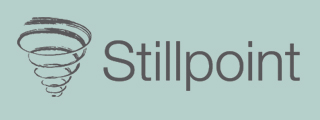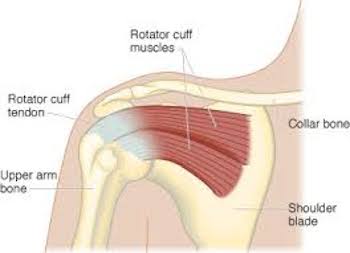A new regular feature of our website – the Stillpoint Osteopaths will try and shed some light on a different health issue every month. First up:
THE SHOULDER JOINT
Shoulder pain is very common and can have a number of causes.
First and foremost the shoulder is the most versatile joint in our bodies and allows movement in many directions – just think of how mobile our arms and hands are! This is because the joint is shallow and therefore more easily injured, vulnerable to trauma, excessive demands and repetitive movements. It depends greatly on its soft tissue supports for any stability – such as muscles, ligaments and joint capsule.
The shoulder itself is not just one joint but the coming together of many articulations that will allow smooth movement of the arm. So it involves the humerus (top arm bone), scapula (shoulder blade) and clavicle (collar bone) and the upper ribs. All these bony elements have to be in good relationship to allow the shoulder joint to function smoothly and without irritation.
As osteopaths, we like to check that ALL these components are able to function as best they can. We most commonly see people after injury has disrupted the organisation of the joint complex – falls off bikes, sports injuries, falls on outstretched arms, Other people may have acute or chronic inflammation, especially of the muscles that help control and protect the joint (called the rotator cuff muscles – of which, supraspinatus is the one you hear of the most). Changes of posture, especially with ageing, and occupational stresses can have a big effect on the shoulder.
So why osteopathy?
Some injuries self heal and need only rest, others are more painful and may need more investigations and medical treatment. Treatment can take the form of pain killers, anti-inflammatory medication, steroid injections and sometimes surgery. Osteopathy can often intervene to restore joint function and prevent the need for longer term medication or surgery. Other times people have had the full range of medical treatment and are still in pain and have limited use of a shoulder. Here osteopathy can help with some mechanical issues around the joint that haven’t been resolved with other treatment.
So, as osteopaths, we examine and assess and see if there is some way we can use our hands to improve function. Treatment is gentle but specific both immediately after an injury or if a course of medical treatment is not helping. if a shoulder is inflamed it can be very painful and our treatment will take that into account. If needed, we refer on for more investigations – usually scans or x rays.
If you have any queries just call us on 01225 460106 and talk one of our osteopaths.
TESTIMONIALS
My frozen shoulder had not responded to other orthodox treatments. Over time, cranial osteopathy treatment gave me increasing mobility, and now I have my shoulder back. The relief is indescribable. Thank you.
Ms. C.W.
I booked an appointment with Peter Cockhill at Stillpoint following the personal recommendation of two close friends. I had been living with considerable pain in my shoulder on and off for four years. Even the simplest movement was painful. I was holding my upper body at an unnatural angle to protect myself from more pain and there was obvious muscle wastage. Following some benefit from surgery in 2009 I had still had to resort to regular steroid injections, frequent physio and the inevitable spectrum of painkillers. I have now had five sessions with Peter and am amazed at the transformation. I am virtually pain free, my posture is much improved and I have almost full movement of my shoulder and arm.
Mrs. F.B.


